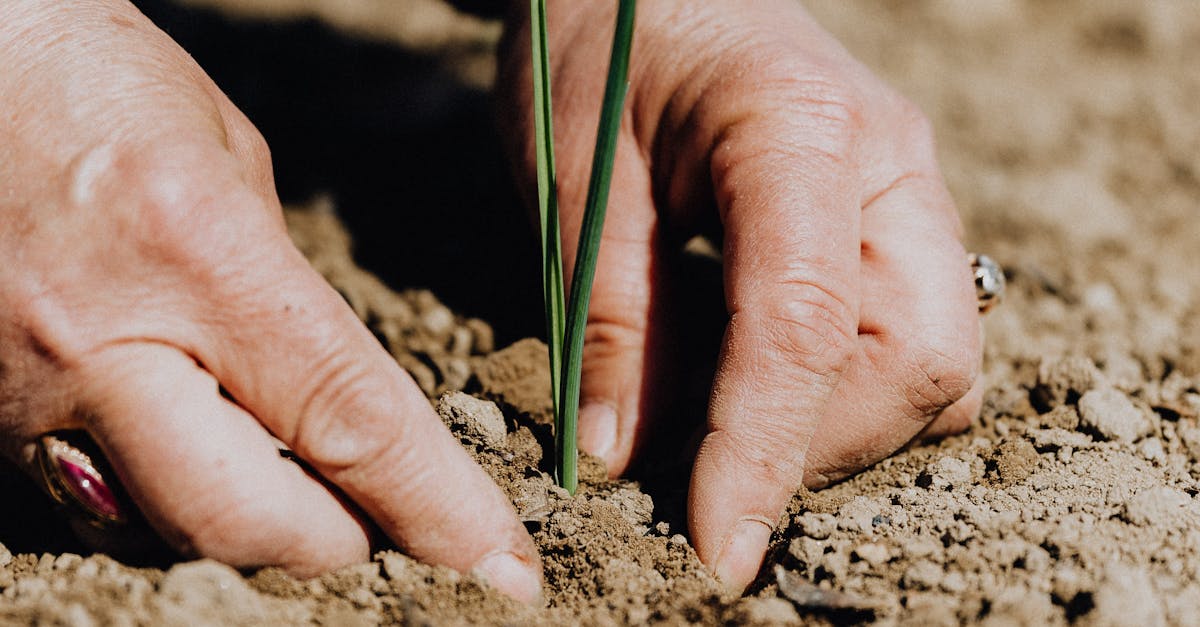Hydroponic gardening is a form of gardening that doesn’t require traditional soil. Instead, plants are grown in a nutrient-rich water solution, allowing for optimal growth and high yields. When combined with container gardening and permaculture principles, hydroponics can revolutionize the way you approach growing flowers and other plants. Here are 14 fundamental strategies to help you thrive in this innovative gardening method.
1. **Choose the Right Container**: Select suitable containers for your hydroponic setup, such as buckets, tubs, or hydroponic reservoirs. Ensure they are clean, sturdy, and have proper drainage.
2. **Select the Correct Medium**: Opt for a growing medium that provides support for the plant roots while allowing proper aeration and water retention. Popular choices include perlite, coconut coir, or Rockwool.
3. **Maintain Proper pH Levels**: Monitor and adjust the pH of your nutrient solution regularly to ensure optimal nutrient absorption by plants. Most plants thrive in a pH range of 5.5 to 6.5.
4. **Provide Sufficient Lighting**: Install grow lights to mimic natural sunlight or place your hydroponic garden in a well-lit area. LED or fluorescent lights are energy-efficient options for indoor gardens.
5. **Establish a Nutrient Schedule**: Develop a feeding schedule based on the specific needs of your plants. Hydroponic nutrient solutions should contain essential macronutrients and micronutrients for healthy growth.
6. **Monitor Water Quality**: Use filtered or distilled water to prevent mineral buildup in your system. Regularly check for signs of algae or bacterial growth and take necessary precautions.
7. **Promote Air Circulation**: Use fans or ensure proper ventilation to prevent excess humidity and stagnant air around your plants. Good air circulation helps prevent diseases and strengthens plant stems.
8. **Implement Companion Planting**: Integrate beneficial companion plants like marigolds or herbs to deter pests and attract pollinators. Companion planting promotes biodiversity and overall garden health.
9. **Practice Integrated Pest Management**: Identify and address pest issues promptly using natural remedies or biological controls. Avoid chemical pesticides that can harm beneficial organisms in your garden.
10. **Utilize Vertical Gardening Techniques**: Maximize space efficiency by utilizing vertical structures such as trellises or towers. Vertical gardening in hydroponics allows for increased plant density and improved air circulation.
11. **Embrace Upcycling and Repurposing**: Incorporate permaculture principles by upcycling materials for your hydroponic system, such as using recycled containers or repurposed irrigation components. Reduce waste and promote sustainability in your garden.
12. **Consider Seasonal Planting**: Plan your hydroponic garden according to seasonal considerations for optimal plant growth. Adjust lighting and nutrient schedules based on changing daylight hours and temperature fluctuations.
13. **Prioritize Pollinator Friendly Plants**: Include flowering plants in your hydroponic garden to attract bees, butterflies, and other pollinators. Pollinator-friendly plants enhance biodiversity and support ecosystem health.
14. **Regular Maintenance and Observation**: Dedicate time for routine maintenance tasks such as cleaning reservoirs, checking pH levels, and inspecting plant health. Regular observation allows you to identify issues early and intervene effectively.
By combining the innovative techniques of hydroponic growing with container gardening, permaculture principles, and a focus on flowers, you can create a sustainable and flourishing garden that produces beautiful blooms and healthy plants. Experiment with these fundamental strategies to elevate your gardening experience and reap the rewards of a thriving hydroponic garden.


